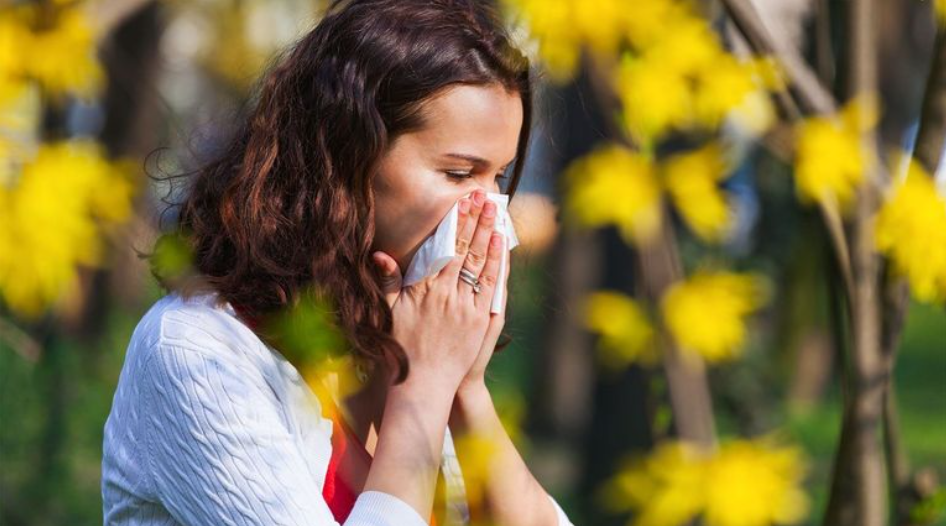Here is why your allergy might have become worse in the last few years
Over the past few years, almost all of us have experienced an increase in seasonal allergies both in spring and autumn. Now scientific evidence is starting to show that there are absolutely real trends behind these unusually busy allergy seasons. Scientists from the Utah Institute have collected data on pollen levels in North America over the past 30 years. The results show that climate change is most likely to be the cause of more and more languid seasonal allergies.

Scientists have found that climate change has gradually shifted the timing of the allergy season across North America. On average, plants begin pollinating about 20 days earlier than at the start of the study period. Apart from the earlier start, the allergy season now lasts about a week longer.
Even worse for allergy sufferers, the rise in both carbon dioxide and temperature has also led to an increase in pollen production. Scientists have found that plants now produce around 20 percent more pollen than 30 years ago. The researchers conclude that the higher pollen concentration is probably the result of improved plant growth. Flowering plants tend to grow in warmer climates, where more carbon dioxide is available to them. These circumstances, which correspond to the current understanding of the climate configuration, lead to an increase in plant volume and, consequently, an increase in pollen counts from every plant.
Longer allergy seasons are only one of the many adverse effects on health that people may observe in the coming years as a result of climate change. Ashes from forest fires, higher levels of carbon dioxide and particulate matter from pollution contributing to global warming still exert downward pressure on overall air quality. Taken together, these challenges make it even more necessary to take steps to improve the quality of the air that we all breathe.
Notwithstanding the fact that to conclude the big tasks will take both time and serious configuration, there are a number of steps you can take right now, to reduce the impact of poor air quality. One of the best varieties for most people is to invest in a household air purifier. For example, allergy-friendly air purifiers are equipped with HEPA filters, which effectively trap pollen in the air. By using one of these air purifiers in your home, you can reduce the impact of pollen during allergy season and quite possibly reduce the burden of symptoms.
If you live in a large urban area, it is still a good idea to look out for an air cleaner with carbon filtration. Carbon filters capture gases, odors, and volatile organic compounds (VOCs), which a conventional HEPA filter cannot do. As a result, these filters provide an auxiliary degree of defense against some inaccessible components of air pollution.

In addition to cleaning the air, you'll be able to see the possibility of recirculating the air in your dwelling during allergy season. A purifier has the ability to move the air in the dwelling so that it is not very stuffy, without attracting potentially dirty air from outside. Circulating the air in the direction of the day and opening windows to bring in brisk air at night will still undoubtedly help you to balance the need for brisk air to avoid peak pollen periods.
Do you have questions about using air purifiers during allergy season? We are here to help! Don't hesitate to contact us with your own questions and we will be happy to give you answers and product advice tailored to your original needs.

